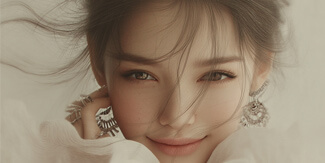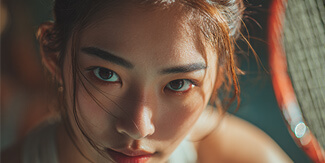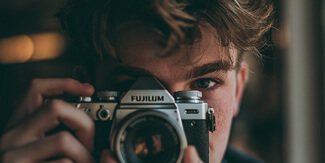
How to Take the Best Portrait Photography! Sharing Portrait Photography Skills! Major Taboos in Portrait Photography
Portrait photography may seem simple, but in fact, it hides mysteries! Avoid these fatal taboos, and your works will instantly get rid of the amateurish feeling.



